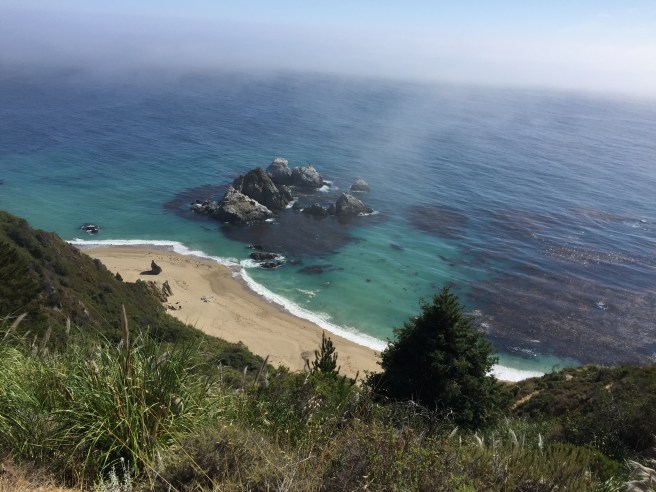
As I walk through Manhattan’s East Village towards the studio of Cai Guo-Qiang, I pass brownstones, hair salons and some guys hanging around speaking Italian. The first sign that I might be nearing the studio is a mirror-box sitting on the sidewalk, underneath the window beds, that doesn’t quite blend in. Then a red door, guarded by a little stone lion and the Chinese character for luck. I’ve come to the right spot.
I’m meeting Cai (pronounced “Tsai”) for lunch at his studio in New York, where the Chinese artist has been based for more than a decade, because I’m told this is where he always eats lunch. He is looking relaxed, wearing a brown T-shirt and close-cropped grey hair, and greets me with a firm handshake that hints at how much time this 59-year-old spends at the gym.
Although you wouldn’t know it from the unmarked door, Cai is one of the most remarkable artists working today. He specialises in gunpowder, and creates firework art on an unparalleled scale — think of a chain of explosions that extends the Great Wall of China by 10km, or a flock of black “birds” appearing in the desert in Doha. In 2008 he launched the giant footsteps that marched over Beijing during the opening ceremony for the Olympics.
More recently, he created a “Sky Ladder” that sent fiery rungs climbing half a kilometre into the clouds. Not all of these projects succeed (“Sky Ladder”, an obsessional quest that was the subject of a documentary film last year, took three attempts.) But they have pushed an old medium in new directions — Cai even makes paintings with gunpowder, to explosive and ethereal effect.
A sweet, oily aroma is wafting across the office, so while Cai finishes a meeting, I wander over to the kitchen to see what’s cooking. One of the cooks points out the day’s dishes: pork ribs made with Coca-Cola, steamed cod, water spinach with garlic, lily bulbs with celery and sausage, green beans and an unusual crêpe made from lotus root, which turns out to be a studio speciality.
My mouth waters as we discuss the food and, as if on cue, an assistant appears to steer me into the main gallery. The room is huge — big enough to hold a dozen of Cai’s giant gunpowder works, which are resting on the floor and leaning against the walls, some more than seven metres long. At a distance the paintings appear as colourful, explosive blooms, so that the bright room feels almost like a garden. In the centre, a table has been laid for two.
Read the full piece here.
 A deserted coast evokes the 1967 Summer of Love
A deserted coast evokes the 1967 Summer of Love I write the Tech World column in the FT Magazine roughly once a month.
I write the Tech World column in the FT Magazine roughly once a month. Read the full piece
Read the full piece 



